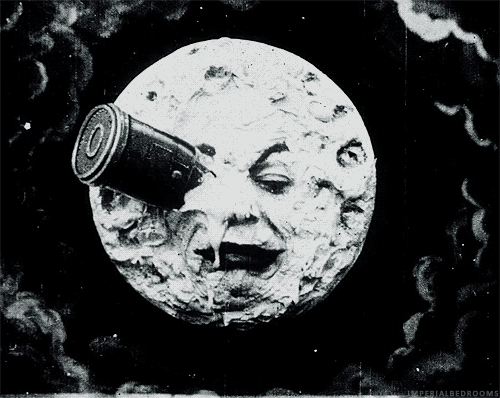In “Fun With DNA,” Sam Kean’s Atlantic article, the author offers up some uses, potential and actual, for genetic code, from the theoretical resurrection of the woolly mammoth (which wouldn’t exactly be a woolly mammoth) to the storage of classic movies (which are exact duplicates). It makes for an economical storage system, for sure. As the article points out: The equivalent of 1 million CDs full of information can fit into a single gram of DNA. Of course, the data will eventually be mixed and matched, and that’s when the games will get messy and possibly dangerous.
An excerpt:
DNA is the oldest medium in existence for storing data, so it makes sense that the double helix could find use in computing. Scientists can encode data as DNA by assigning every number and letter to a unique string of A’s, C’s, G’s, and T’s (much like modern computers encode data as 1’s and 0’s) and then producing strands of synthetic DNA with that information. DNA-sequencing machines can later extract the data.
Why bother? Aside from being ultra-durable, DNA is also an incredibly efficient way to store information. Scientists have already been able to fit 700 terabytes of data—roughly the equivalent of 1 million CDs—in a single gram of DNA, and it can theoretically hold far more. By some estimates, all of the data currently stored on the world’s disk drives could fit in the palm of your hand if encoded in DNA. For this reason, Technicolor, the entertainment company, has begun storing old movies as DNA, starting with the 1902 film A Trip to the Moon. You can also copy DNA-based data nearly indefinitely with simple enzymes. The Harvard geneticist George Church recently converted a book he wrote into DNA, then made 70 billion copies in a test tube—making it the most reproduced text in history.
Beyond just storing data, some researchers have suggested using DNA to build biological computers. These biocomputers wouldn’t look like laptops, with screens and keyboards. Rather, they’d be chemicals inside test tubes or biological membranes. But like laptops, they would have the ability to take in information, process it, and act. DNA seems especially promising for parallel processing, which involves making millions or even billions of computations simultaneously. (An example is weather forecasting, which involves integrating temperature, barometric pressure, and humidity data for many, many points on the Earth’s surface all at once.) And unlike electronic devices, which can’t easily infiltrate living cells, DNA-based computers could penetrate these spaces, giving us ways to record information and possibly fight disease in real time.
Church notes that above all, DNA holds great promise for data encoding because the medium won’t ever grow obsolete. “We lose our affection for floppy drives” and other technologies, Church says. “But we’ll always have some interest in DNA.”•
Tags: Sam Kean

